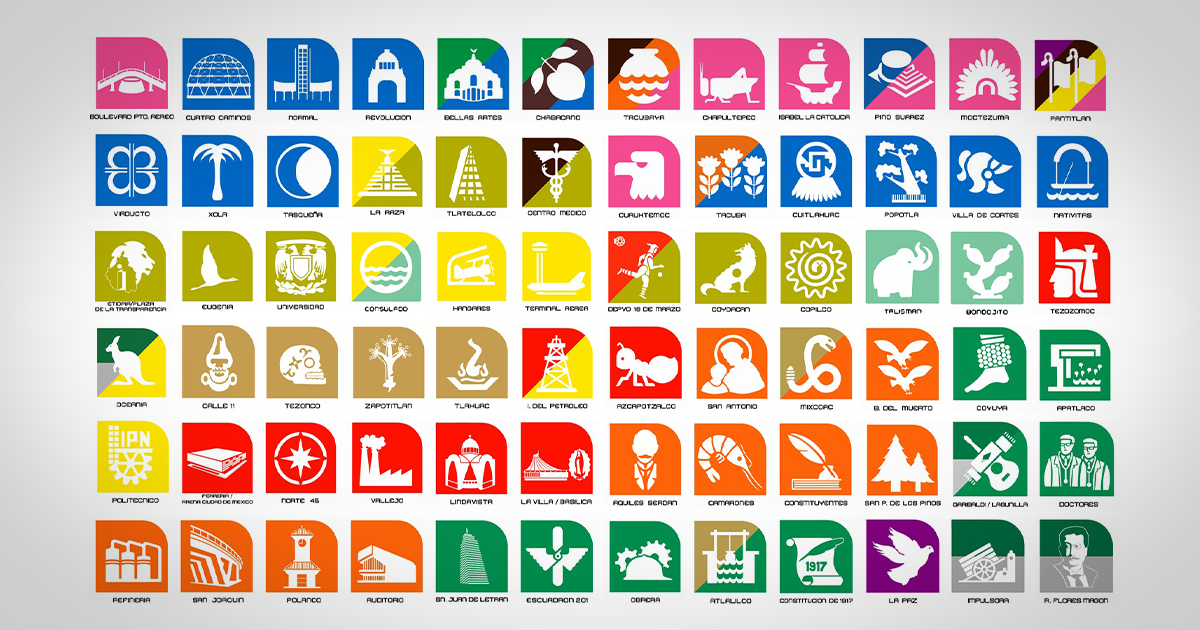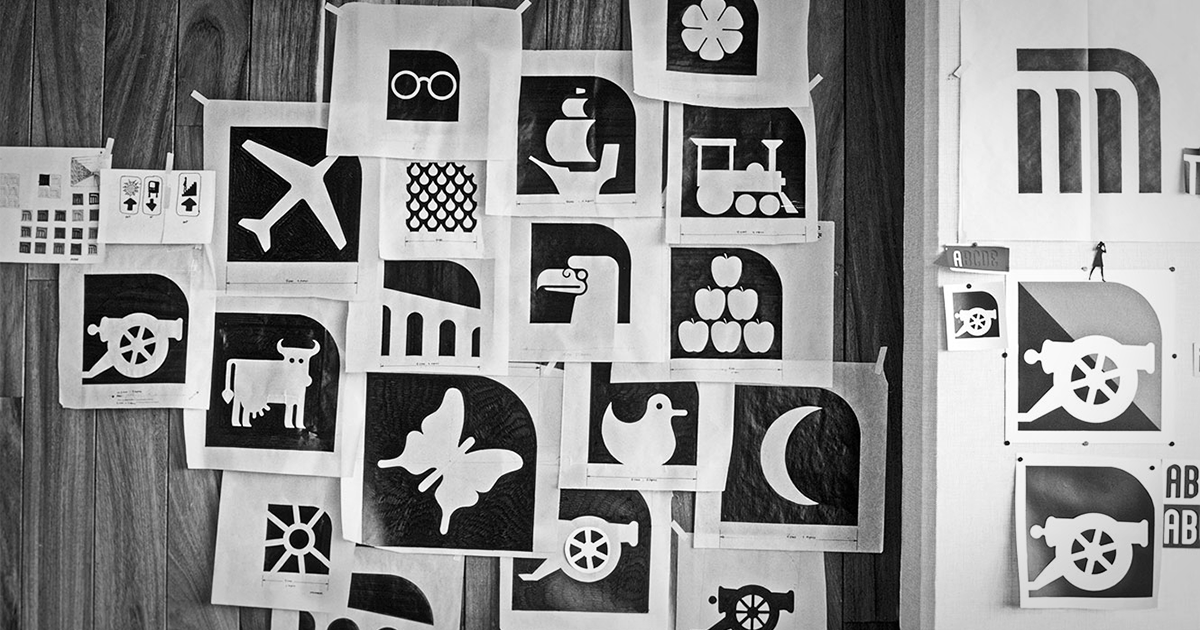
December 2023
Decoding the Symbolism of Mexico City's Metro Iconography

When the Mexico City Metro made its debut in 1969, it was a direct response to the snarl of traffic and the overwhelm of existing transportation methods in the burgeoning Federal District. Spearheading its creation was graphic designer Lance Wyman, who assembled a diverse team to develop distinctive iconography. The goal? To streamline navigation for a varied populace, including those with limited literacy.
Drawing inspiration from pre-Hispanic elements, the designers seamlessly fused Mayan glyphs with rounded contours, portraying Mexico as a modern, indigenous, and mestizo nation. Each station received an icon paired with an associated word, encapsulating the cultural and historical tapestry of the city.

Intriguingly, designer Emiliano Bautista delves into Metro's iconography from three intriguing angles: Epochs, Architectural Plan, and Cinematographic Plan. Categorizing icons based on historical eras, architectural cues, and cinematic perspectives unveils a profound link between the Metro's design and the cultural evolution of Mexico City.
The enduring minimalist design of the Metro, masterminded by Lance Wyman, has weathered over five decades. Influenced by his stint crafting the 1968 Olympic logo, Wyman sought effective communication through internationally recognizable icons. The iconic orange "M" with its trio of lines symbolizes the maiden routes inaugurated.

Navigating the challenge of catering to a population with elevated illiteracy rates, the Metro's design crafted station names and symbols for effortless recognition. Drawing on nods to popular culture, historical luminaries, and iconic locales, the design became a visual language.
A contemporary twist surfaces with a proposed name change for the Indios Verdes station, underscoring the ongoing relevance of the design. While illiteracy rates have dwindled, the need for unmistakable station identification endures.
The Metro's iconography stands as a testament to design's ability to transcend temporal and cultural bounds. Merging historical facets with a cinematic flair, the Metro isn't just a pivotal transportation hub; it's an artistic expression deeply ingrained in the city's identity.